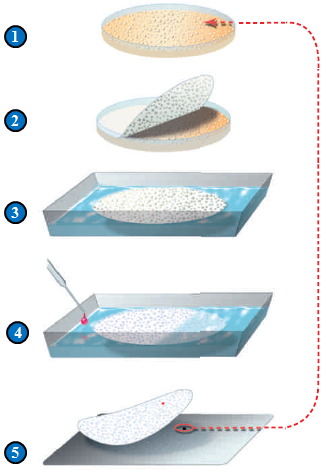
Figure 15.4
In step 2 (above) in the identification of the colony that contains a targeted gene, ____.
A. bacterial cells are cloned
B. bacterial colonies are transferred
C. bacterial cells are ruptured
D. DNA is lysed
E. cells with the targeted gene are identified
Answer: B
You might also like to view...
A patient suffers from a disease that slows fatty acid synthesis. What is a likely impact of this disease on nervous system function?
A. improved functioning due to a healthier weight B. insufficient myelination and slow axon conduction rate C. improved functioning due to better blood flow D. weaker action potentials with smaller depolarization Clarify Question · What is the key concept addressed by the question? · What type of thinking is required? Gather Content/Choose Answer · What do you already know about fatty acids? What other information is related to the question? Reflect on Process · Did your problem-solving process lead you to the correct answer? If not, where did the process break down or lead you astray? How can you revise your approach to produce a more desirable result?
Which of the following situations will lead to natural selection?
a. The seeds of two plants land near each other and grow to similar sizes. b. Two types of fish eat the same kind of food have the same number of offspring. c. Male lions compete for the right to mate with females, with only one possible winner. d. A drought in an agricultural area leads to a loss of different types of crops and plants.
Three of the four answers listed below are related by energy requirements. Select the exception
a. active transport b. endocytosis c. facilitated diffusion d. exocytosis
Stimulation of pain receptors in an internal organ that is also felt in another area of the body is called ____ pain
a. Muscle b. Referred c. Deep d. Acute